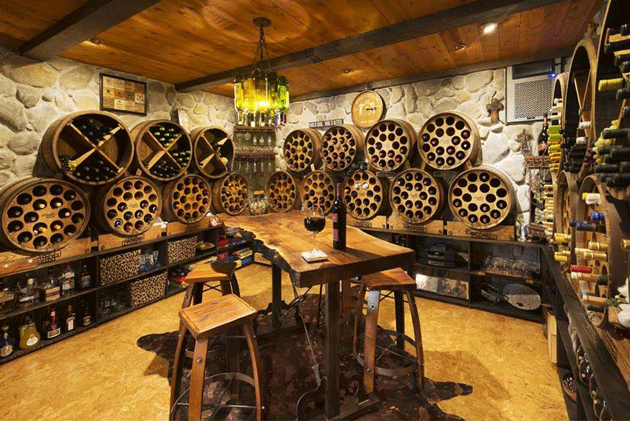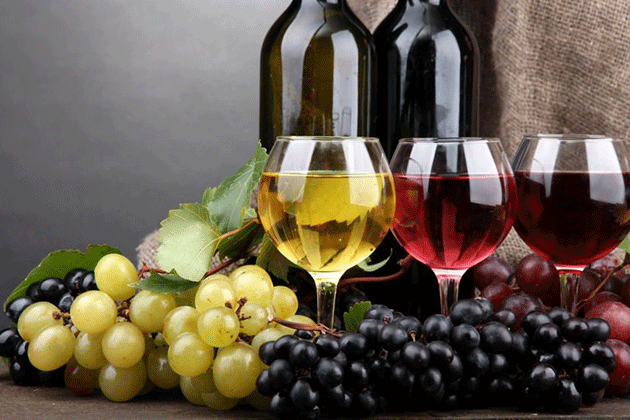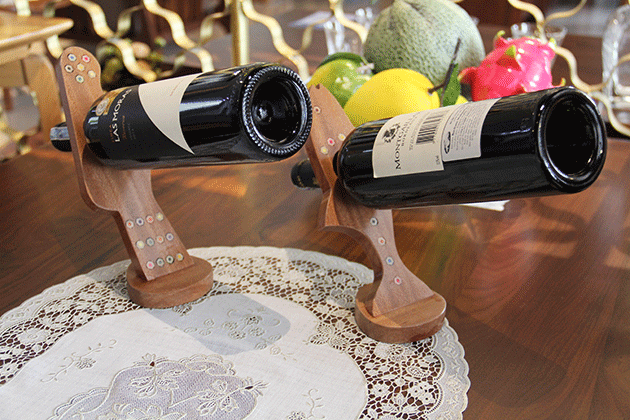No products in the cart.
Photos
6 Unique and Fun Facts about Wine
1. Drinking red wine a little does is better for you than not drinking at all!
You may be surprised to hear that, but several human trial research has shown moderate red wine consumption to be better for you than not drinking at all. Why? Red wine contains a lot of oxidants and therefore reduces the risk of heart disease, death, and diabetes. Of course, if you drink more than you think, the benefits of wine are replaced by increased risks. So, make you a priority, drink red wine in moderation.
2. The health benefits of red wine come from tannins
Quite a lot of wine is not alcohol or water is a polyphenol. Pretty much everything in wine that’s not alcohol or water is a type of polyphenol which includes tannin. These are plant chemicals found abundantly in plant food sources that are available in nature and have antioxidant properties. Cells are protected from free radical damage by antioxidants.
3. Some red wines are better for you than others
Not all red wines are made equal. Some wines have considerably higher levels of “good for you” than others (tannins – see above). For example, Cabernet Sauvignon has more tannins than Pinot Noir, but both are less than Tannat, Petite Sirah, or Sagrantino. Although it is difficult to determine which wine is the best (correct), here are some clues:
Dry red wine is better than sweet wine.
Red wines with low alcohol content (preferably less than 13% ABV) are better than high alcohol wines.
Red wines with higher tannins (those with astringents) are better than low tannins.
4. Culture drinking cobra wine in Vietnam
In Vietnam, if you know and ask for a cup of the cobra. They will serve you rice wine covered with solid blood killed on the spot.
5. Almost all red wines are made from a grape variety
All of the most popular red wines, including Cabernet Sauvignon, Syrah, Merlot, and Pinot Noir are just a few: Vitis vinifera. There are certainly other species that are used for wine (there are about 65-70 species of Vitis), but they are rarely used for wine. Vitis vinifera is often referred to as a wine grape. And, getting this, Vitis vinifera does not originate in France. It comes from Eastern Europe!
6. Should Wine Bottles Be Placed Horizontally
In the wine cellar, place the wine bottle horizontally, so that the wine in the bottle is in contact with the cork. Cork is a natural wood product and has earned its millennia-old reputation as wine-stopper-of-choice because it provides an impermeable seal to keep out particulate that will degrade wine while remaining ever so slightly breathable to allow slow oxygen exchange. In order to provide this well-balanced seal, the cork has to stay wet. If the cork dries out, it shrinks and becomes brittle. Over time, this can cause it to disintegrate and even decompose. Bad news for wine inside the bottle!
You can find out all kinds of equipment for storing wine on the market or shop to keep your red wine in good condition: safe, cool and stable until you are ready to open it, such as wine bottle holders. From walk-in cellars to portable wine fridges, there is a wine storage for all types of red wine drinkers. You don’t need a specific piece of equipment to store your wine, however. All you need is a flat surface so that you can lay your wine horizontally until you are ready to drink it.




